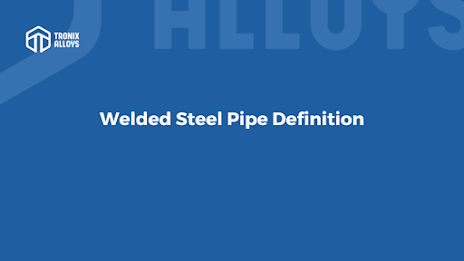Difference Between 316 and 304 Pipes
Stainless
steel is one of the most commonly used materials in metal applications because
of its strength, corrosion resistance, and cost efficiency. The types of
stainless steel that are available are ferritic, austenitic, and duplex. It is
important to note that stainless steels 304 and 316 are austenitic steels.
Neither of them has a nickel content that exceeds 8%, but both of them have an
18% chromium content. It is worth mentioning that the 316 material contains
molybdenum in its composition. In addition to containing 4% molybdenum, 316
material is also corrosion-resistant against chloride ions since it contains 4%
molybdenum.
There are
a number of alloys containing chromium that are stainless steel. A stainless
steel alloy contains chromium as an addition, which gives it the ability to
withstand corrosion6 and falls under the authentic class. Since they belong to
the austenitic class of stainless steel, their basic chemical makeup remains
nearly similar, concerning the elements used. It is, however, the specificity
of their chemistry that distinguishes the two grades from each other and makes
them differentiated from one another.
Nickel
and chromium are the main components of both alloys. These elements are present
in varying percentages, however, depending on the region. In stainless steel
grade 304, for instance, the chromium content is 18% and the nickel content is
8%. Because of this, the alloy is also sometimes referred to as 18/8 stainless
steel because the composition of the alloy is 18% chromium and 8% nickel. In
contrast, alloy 316, which is also known as marine grade, contains about 16% of
chromium in its alloy, which can also make the alloy suitable for the marine
environment.
The only
difference between the chemical composition of the alloy and the stainless
steel grade 316 alloy is the addition of molybdenum to the alloy in order to
make it different from the stainless steel grade 304 alloy. Despite the fact
that grade 304 contains trace quantities of molybdenum, alloy 316 contains a
greater percentage of this element (2% to 3%) since it has a higher percentage
of this element.
For more
information visit
https://tronixalloys.com/difference-between-316-and-304-pipes/
#difference
#316 #304 #pipes #tronixalloys #steelexporter #supplier #manufacturer #alloy
#steel




Comments
Post a Comment